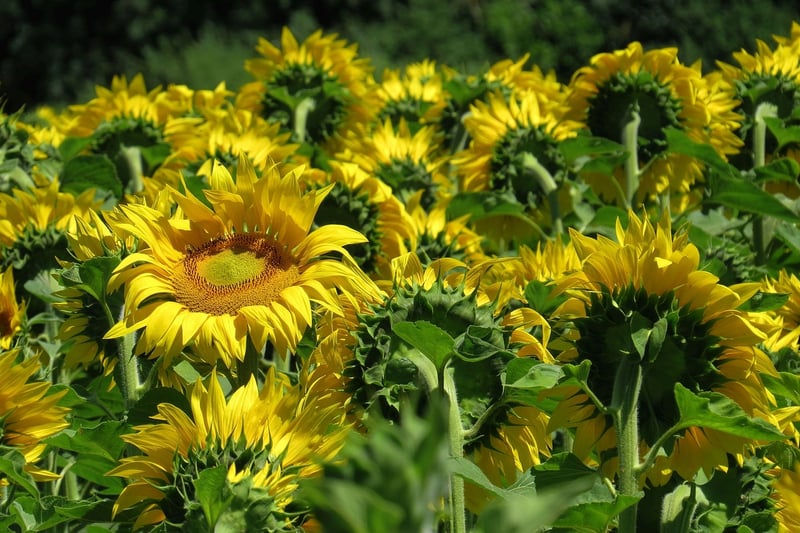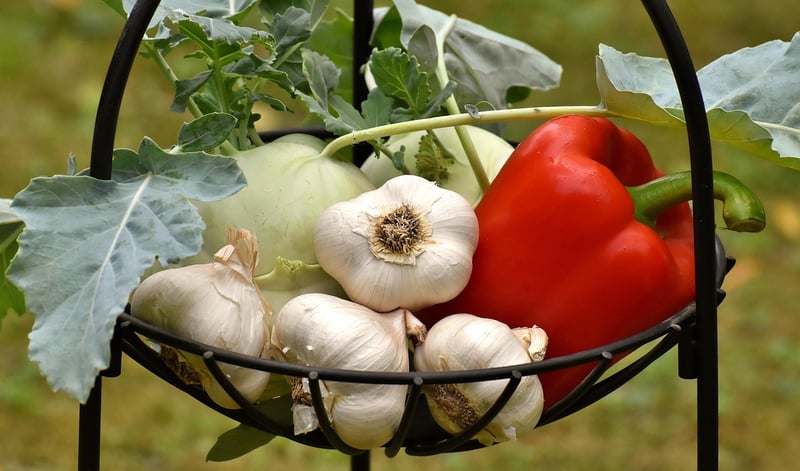Companion Planting
Protecting Your Plants + Companion Planting
Whether you're a seasoned gardener or just starting out, protecting your plants and utilizing companion planting techniques can significantly improve the health and yield of your garden. In this article, we'll explore some key tips and strategies to help you create a thriving garden ecosystem.
1. Mulching for Protection
One of the simplest ways to protect your plants is by mulching. Mulch helps retain moisture, suppress weeds, regulate soil temperature, and prevent soil erosion. Organic mulches like straw, wood chips, or compost can also improve soil fertility as they decompose.

2. Companion Planting
Companion planting involves growing different plants together to benefit one another. For example, planting marigolds alongside tomatoes can help deter pests like nematodes. Research companion planting combinations that work well for the plants you have in your garden.
Benefits of Companion Planting:
- Natural pest control
- Improved pollination
- Enhanced flavor of produce
- Weed suppression
3. Attracting Beneficial Insects
Encourage a diverse range of beneficial insects like ladybugs, lacewings, and bees to your garden. These insects help control pests and pollinate flowers. Planting nectar-rich flowers like lavender and sunflowers can attract these beneficial insects.

4. Crop Rotation
Rotate your crops each season to prevent the buildup of pests and diseases in the soil. Different plant families have different nutrient needs and vulnerabilities, so rotating crops can help maintain soil health and reduce the need for chemical interventions.
5. Natural Pest Repellents
Integrate natural pest repellents like garlic, onion, or hot pepper spray to deter common garden pests. These natural solutions are environmentally friendly and safe for your plants, unlike chemical pesticides that can harm beneficial insects and disrupt the ecosystem balance.

By implementing these strategies and techniques, you can create a harmonious and productive garden that thrives with minimal intervention. Experiment with different approaches to find what works best for your specific plants and garden environment.
Remember, a healthy garden is a result of careful planning, observation, and a touch of creativity. Happy gardening!
